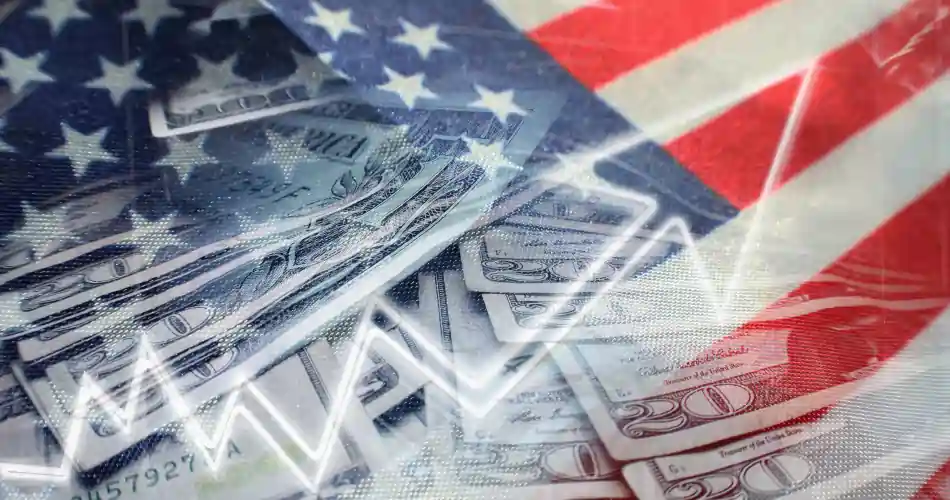National debt rose $1 trillion in the last three months amid high inflation, strikes and high gas prices
Amid continued high inflation, labor strikes and a possible recession on the horizon, the U.S. debt surpassed $33 trillion shortly before the government shutdown, which could fuel Americans’ distrust and be a major blow to the U.S. economy.
According to Michael Peterson, executive director of the Peter G. Peterson Foundation, a bipartisan group that advocates fiscal responsibility, “as we have seen with the recent growth in inflation and interest rates, the cost of debt could rise suddenly and rapidly,” he said.
In the last three months of this year the gross national debt has accelerated at a truly alarming rate of approximately $1 trillion. “With more than $10 trillion in interest costs over the next decade, this compounding fiscal cycle will only continue to cause harm to our children and grandchildren,” Peterson mentioned.
This has caused the government to fall into a budget impasse in the face of accelerating debt accumulation, in the last eleven months the country’s budget deficit reached $1.5 trillion, this represents a 61% increase from 2022.
Disagreements in Congress
Given the advances in federal welfare programs pushed by President Joe Biden’s administration, Republicans have disagreed, arguing that the spending is unnecessary and that some cuts are relevant.
Faced with an economy that has been hit hard by inflation, constant interest rate hikes, the burden on the labor market, UAW and Hollywood strikes for fairer wages, the price of gasoline and other goods, and the rollover of student debt, the outlook for the end of this year seems to be clear.
However, lawmakers should already reach an agreement on the 2024 budget by the first week of next month; however, the 12 bills introduced to fund the government have yet to pass.
Analysts Gary Schlossberg and Jennifer Timmerman of the Wells Fargo Investment Institute noted that each decision “weighs on housing, consumer finances and government financial spending by adding to recession risks during the final months of the year.”

